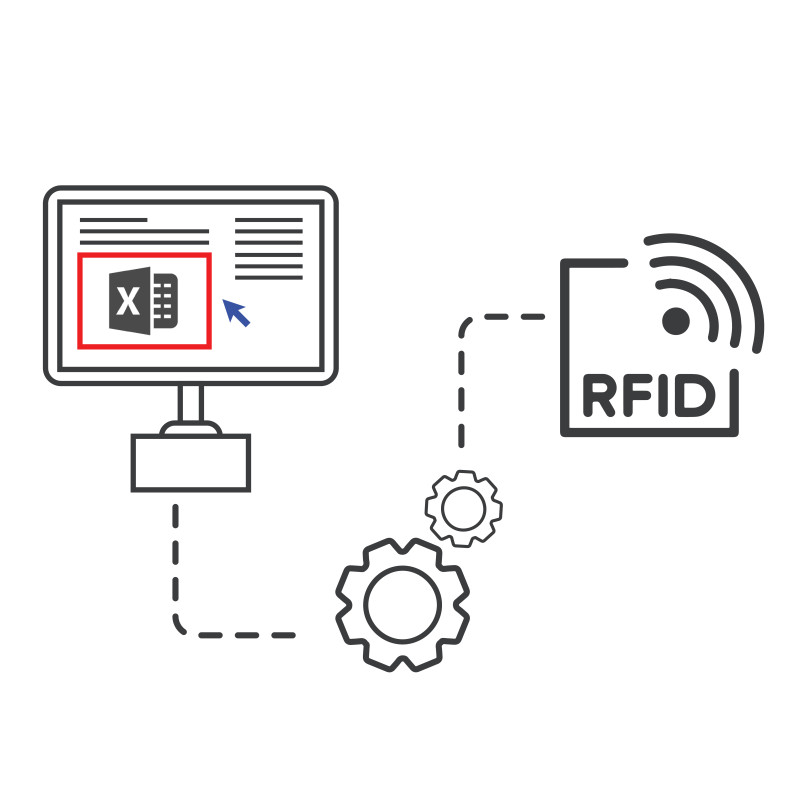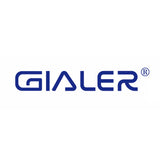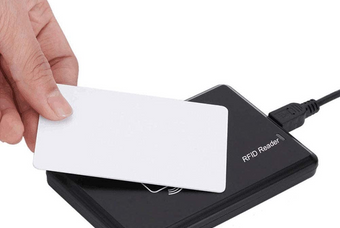RFID (Radio Frequency Identification) encoding is the process of programming data onto an RFID tag or card. RFID technology uses radio waves to wirelessly identify and track objects or individuals. The encoding process involves writing information to the memory of the RFID chip embedded in the tag, allowing it to carry unique identifiers or other data.
Here's a brief overview of how RFID encoding works:
RFID Tag Structure: An RFID tag consists of an integrated circuit (IC) or chip and an antenna. The chip contains memory to store data and a radio frequency transceiver to communicate with RFID readers. The antenna is used to send and receive radio waves.
Data Preparation: The data to be encoded onto the RFID tag needs to be prepared. This involves formatting the data according to the specifications of the RFID system and the application it will be used for. The data can include unique identifiers, product information, access permissions, or any other relevant information.
Tag Initialization: Before encoding data, the RFID tag needs to be initialized. This involves configuring the tag's memory and ensuring that it is ready to receive data. Initialization may involve setting up encryption keys, access permissions, or other parameters based on the system requirements.
Encoding Method Selection: Different RFID tags and systems may use different encoding methods. Common methods include direct write, password-based encoding, or using specialized software or hardware for encoding. The specific method used depends on the capabilities of the RFID system and the requirements of the application.
Encoding Process: The encoding process begins by establishing communication between an RFID reader or encoder and the RFID tag. This is typically done by bringing the tag within the range of the reader. The reader emits a radio frequency signal that powers the tag's chip and enables communication.
Data Writing: Once communication is established, the encoding device sends the prepared data to the RFID tag. The tag's chip receives the data and writes it to its memory. The encoding process ensures that the data is written correctly and securely.
Verification: After writing the data, the encoding device can perform a verification step to ensure that the data was successfully written without errors. This involves reading back the encoded data from the tag's memory and comparing it with the original data to ensure accuracy.
Once encoded, the RFID tag can be read by an RFID reader within its range. The reader emits radio waves that power the tag's chip, and the tag responds by transmitting its stored data back to the reader.
RFID encoding is widely used in various industries for applications such as inventory management, supply chain tracking, access control, and asset tracking, among others. The specific encoding process can vary depending on the RFID technology being used (e.g., HF, UHF), the type of tag or card, and the encoding device or software employed. Different standards, protocols, and security measures may also affect the encoding process.
How does RFID encoding work?
30/06/2023









